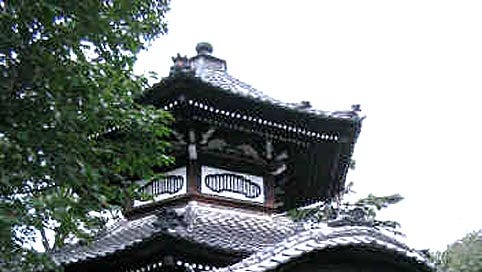In early August of 2004, I returned to Japan (from my then-new home in China) for half a month and completed a number of smaller pilgrimages, all inside the Tokyo city limits. These were mostly small suburban temples, though a few--such as Senso-ji in Asakusa (see Episode 061)--are quite large. Likewise, some were sizable in the old days, but are now mere shadows of their former selves. I have no information on the history of these pilgrimages (and little on the temples themselves) beyond these lists. Nevertheless, I found some real gems among them.
Come along and investigate some of them with me in this episode of--
TEMPLE TALES!




